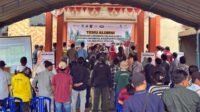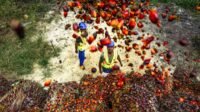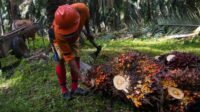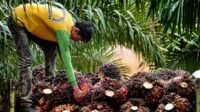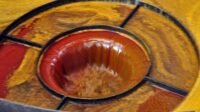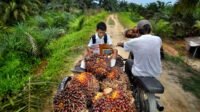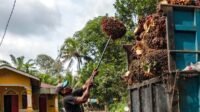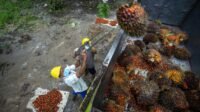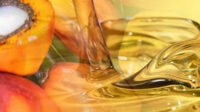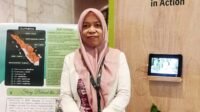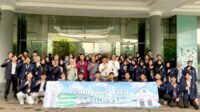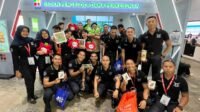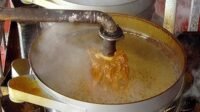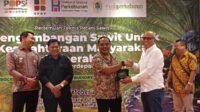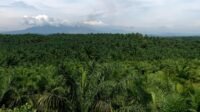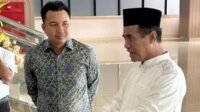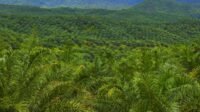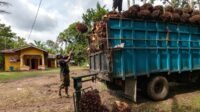PALMOILMAGAZINE, YOGYAKARTA – Indonesia’s centuries-old batik tradition is weaving sustainability into its story. In Kampoeng Batik Laweyan, Surakarta, artisans were among the first to experiment with palm-based stearin wax as a greener alternative to paraffin. Now, their initiative is inspiring a neighboring community, Kampung Batik Giriloyo in Bantul, Yogyakarta, to take the same step, showing how heritage crafts can evolve while staying true to their roots.
The transition is part of the Sustainable Batik Mentorship Program, initiated by Bank Negara Indonesia (BNI) in partnership with the Center for Entrepreneurship, Change, and Third Sector (CECT) Sustainability at Trisakti University, and supported by local batik cooperatives. The program is designed to help artisans move away from paraffin, a petroleum-derived material, and embrace stearin, a renewable palm oil by-product that lowers environmental impact while strengthening local value chains.
The journey began in Surakarta, where artisans in Laweyan first tested palm-based wax in 2022 with the support of the Roundtable on Sustainable Palm Oil (RSPO). To mark their continued progress, an event was held in Laweyan early this month, attended by Vice Mayor of Surakarta Astrid Widayani, alongside artisans, community leaders, and representatives from the city’s environmental and cultural agencies. Astrid reaffirmed Surakarta’s commitment to positioning Laweyan as a center of innovative, high-quality, and eco-friendly batik.
Also Read: Kampoeng Batik Laweyan Hosts Workshop on Palm-Based Batik Wax for Malaysian Participants
Building on Laweyan’s experience, the program extended to Giriloyo. Here, artisans were introduced to palm-based wax through a mentorship led by their counterparts from Laweyan. The event brought together local leaders, including Imogiri Subdistrict Head Slamet Santosa, BNI Yogyakarta Branch Head Fudjiatmoko Mahendradani, Wukirsari Village Head Susilo Hapsoro, and Chair of the Giriloyo Batik Cooperative Isnaini Muhtarom. Representatives from the Bantul Cultural Office, the Tourism Office, and the SME Cooperative Agency also voiced their support.
According to Dr. Maria Ariestha Utha, Director of CECT Sustainability at Trisakti University, this cross-village collaboration is central to the program’s impact:
“Laweyan’s pioneering efforts laid the groundwork, and now Giriloyo is taking up the torch. This is not just about adopting a greener material, but about ensuring the continuity of batik as a living heritage in harmony with sustainability,” she said in a statement received by Palmoilmagazine.com on Tuesday (08/26).
She was joined by Dr. M. Windrawan Inantha, RSPO Indonesia’s Director of Market Transformation, who emphasized how palm-based innovation can connect traditional crafts with modern sustainability goals.
From Laweyan, Surakarta to Giriloyo, Yogyakarta; the shift toward stearin wax is more than a technical change. It reflects a shared commitment to keep batik authentic and beautiful while aligning it with global sustainability standards. The lines remain crisp, the colors vibrant—but the story behind each piece now carries a deeper meaning: a fusion of heritage, innovation, and responsibility. (P3)




